Home>Renovation & DIY>DIY Projects & Ideas>What Kind Of Concrete To Use In DIY Projects
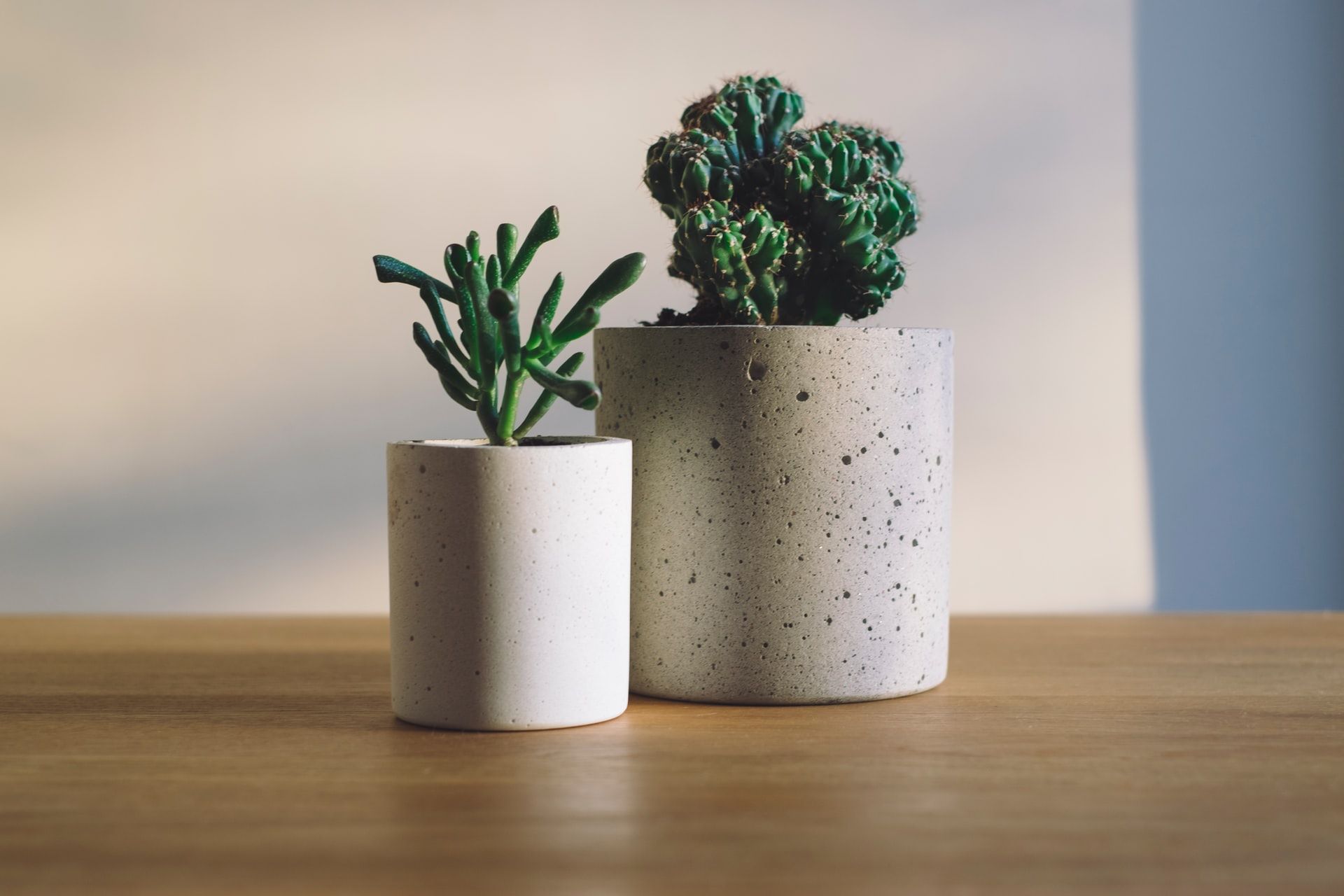

DIY Projects & Ideas
What Kind Of Concrete To Use In DIY Projects
Modified: January 4, 2024
Discover the best concrete types for your DIY projects and ideas. Find out which concrete is perfect for your next DIY endeavor.
(Many of the links in this article redirect to a specific reviewed product. Your purchase of these products through affiliate links helps to generate commission for Storables.com, at no extra cost. Learn more)
**
Introduction
**
Embarking on a do-it-yourself (DIY) project is a thrilling and fulfilling endeavor. Whether you're revamping your outdoor space with a new patio, crafting custom concrete planters, or constructing a sturdy foundation for a shed, the type of concrete you use plays a pivotal role in the project's success. Choosing the right concrete can significantly impact the durability, aesthetics, and overall outcome of your DIY venture.
In this comprehensive guide, we'll delve into the world of concrete, exploring the different types available and providing valuable insights to help you make informed decisions for your DIY projects. From understanding the characteristics of various concrete types to offering practical tips for working with concrete, this guide aims to equip you with the knowledge and confidence to tackle your next DIY endeavor with finesse.
So, let's roll up our sleeves and dive into the realm of concrete, unraveling its nuances and discovering the best practices for incorporating it into your DIY projects. Whether you're a seasoned DIY enthusiast or just dipping your toes into the world of hands-on craftsmanship, this guide is tailored to empower you with the expertise needed to navigate the realm of concrete with ease and proficiency.
Key Takeaways:
- Choose the right concrete type for your DIY project based on factors like strength, durability, workability, and aesthetic appeal to ensure a successful outcome.
- When working with concrete, prioritize proper preparation, accurate measurements, effective mixing, timely placement and finishing, safety precautions, and thorough cleanup for professional-quality results.
Understanding Different Types of Concrete
Concrete is a versatile building material with a wide array of variations, each designed to meet specific project requirements. Understanding the different types of concrete is crucial for selecting the most suitable option for your DIY project. Here are some common types of concrete:
- Normal Strength Concrete: This type of concrete is commonly used for general construction projects, such as sidewalks, driveways, and low-rise buildings. It typically has a compressive strength ranging from 2,500 to 6,000 pounds per square inch (psi).
- High-Strength Concrete: As the name suggests, high-strength concrete exhibits superior compressive strength, often exceeding 6,000 psi. It is ideal for high-rise buildings, bridges, and other structures that demand exceptional strength and durability.
- Lightweight Concrete: Lightweight concrete is formulated to reduce density while maintaining adequate strength. It is suitable for projects where weight is a concern, such as upper-level floors, precast panels, and insulating layers.
- Stamped Concrete: This decorative concrete type mimics the appearance of brick, slate, or other patterns through the use of specialized stamps. It is commonly used for patios, walkways, and outdoor hardscapes, adding aesthetic appeal to functional surfaces.
- Self-Consolidating Concrete (SCC): Also known as self-leveling concrete, SCC is engineered to flow and settle into formwork without the need for mechanical consolidation. It is favored for complex shapes and intricate designs, offering improved workability and finish quality.
- Fiber-Reinforced Concrete: By incorporating fibers, such as steel, glass, or synthetic materials, into the mix, this type of concrete gains enhanced toughness, crack resistance, and impact strength. It is commonly used in industrial flooring, pavements, and earthquake-resistant structures.
Each type of concrete possesses unique properties that cater to specific project requirements. Factors such as strength, density, workability, and aesthetic appeal play a crucial role in determining the most suitable concrete for your DIY projects. By familiarizing yourself with the diverse range of concrete options, you can make informed decisions that align with your project’s objectives and desired outcomes.
Factors to Consider When Choosing Concrete for DIY Projects
When embarking on a DIY project that involves concrete, several key factors should influence your choice of concrete type. By carefully considering these factors, you can ensure that the selected concrete aligns with the specific requirements and goals of your project. Here are the crucial considerations to keep in mind:
- Strength Requirements: Assess the structural demands of your project to determine the required compressive strength of the concrete. Factors such as load-bearing capacity, environmental conditions, and intended use play a pivotal role in selecting the appropriate strength grade.
- Durability: Consider the project’s exposure to environmental elements, such as freeze-thaw cycles, moisture, and chemical agents. Opt for concrete that offers optimal durability and resistance to deterioration, ensuring the longevity of the finished structure.
- Workability: Evaluate the ease of handling and placing the concrete, especially if your DIY project involves intricate forms or decorative elements. Workable concrete facilitates smooth pouring, consolidation, and finishing, contributing to a seamless construction process.
- Aesthetic Appeal: For projects that prioritize visual appeal, such as decorative walkways or stamped concrete surfaces, consider the color, texture, and finish options available for different concrete types. Choose a concrete variety that complements the desired aesthetic outcome.
- Setting Time: Delve into the setting and curing characteristics of the concrete to align with your project timeline. Fast-setting concrete is advantageous for expedited construction, while slower-setting options provide extended workability for complex designs.
- Special Additives: If your project demands specific properties, such as enhanced crack resistance, reduced permeability, or improved adhesion, explore concrete formulations that incorporate specialized additives or admixtures to meet these requirements.
- Environmental Impact: Consider the environmental implications of the concrete type, including its carbon footprint, recyclability, and potential for sustainable construction practices. Opting for eco-friendly concrete varieties can contribute to environmentally conscious DIY projects.
By carefully evaluating these factors and aligning them with the unique demands of your DIY project, you can make informed decisions when selecting the most suitable type of concrete. This thoughtful approach ensures that your chosen concrete not only meets the structural and functional needs of the project but also contributes to its visual appeal and long-term performance.
When choosing concrete for DIY projects, consider using ready-mix concrete for smaller projects and ordering concrete from a supplier for larger projects. Ready-mix concrete is convenient and easy to use, while supplier-mixed concrete allows for more customization and larger quantities.
Recommended Types of Concrete for DIY Projects
When undertaking DIY projects that involve concrete, selecting the right type of concrete is paramount to the project’s success. Here are some recommended types of concrete that are well-suited for various DIY applications:
- Quikrete Fast-Setting Concrete Mix: Ideal for small-scale DIY projects that require rapid results, this fast-setting concrete mix offers the convenience of quick setting times, allowing for swift construction and same-day completion of tasks such as setting posts, repairing steps, or creating small slabs.
- Sakrete High-Strength Concrete Mix: For projects that demand exceptional strength and durability, such as constructing sturdy foundations, retaining walls, or structural elements, Sakrete’s high-strength concrete mix provides the necessary compressive strength and resilience to withstand heavy loads and environmental stressors.
- ShapeCrete Concrete Mix: Tailored for artistic and sculptural endeavors, ShapeCrete is a versatile, moldable concrete mix that enables DIY enthusiasts to craft custom shapes, sculptures, and functional art pieces. Its workable consistency and moldability make it an excellent choice for creative and decorative projects.
- QUIKRETE Countertop Mix: Specifically formulated for crafting custom countertops, tabletops, and concrete furniture, this specialized mix offers a blend of high strength, workability, and a smooth finish, catering to DIYers seeking to create bespoke concrete surfaces with professional-grade results.
- Rapid Set Cement-All: Known for its rapid-setting properties and enhanced bond strength, Rapid Set Cement-All is a versatile cementitious mix suitable for a wide range of DIY applications, including patching, repair work, anchoring bolts, and creating custom concrete elements with expedited curing times.
- Fiber-Reinforced Concrete Mix: When durability and crack resistance are paramount, fiber-reinforced concrete mixes, such as Quikrete’s Fiber-Reinforced Concrete Mix, offer added toughness and impact resistance, making them well-suited for projects involving driveways, walkways, and outdoor structures.
These recommended types of concrete cater to a diverse spectrum of DIY projects, encompassing everything from quick repairs and small-scale constructions to artistic endeavors and structural installations. By choosing the appropriate concrete type that aligns with the specific requirements and objectives of your project, you can set the stage for a successful and gratifying DIY experience.
Tips for Working with Concrete in DIY Projects
Working with concrete in DIY projects requires careful planning, precise execution, and a thorough understanding of the material’s characteristics. Whether you’re pouring a simple slab or crafting intricate concrete elements, the following tips will help you navigate the process with confidence and finesse:
- Proper Preparation: Before commencing any concrete work, ensure that the work area is meticulously prepared. This includes clearing debris, setting up formwork or molds, and addressing any surface irregularities to create a suitable foundation for the concrete application.
- Accurate Measurements: Precision is key when measuring and mixing concrete. Follow the manufacturer’s guidelines for water-to-concrete ratios, aggregate proportions, and additive usage to achieve the desired consistency and strength in the concrete mix.
- Effective Mixing Techniques: Whether using a concrete mixer or hand-mixing, employ thorough mixing techniques to achieve uniform distribution of materials. Pay attention to blending times, ensuring that all components are homogeneously incorporated for consistent performance.
- Timely Placement and Finishing: Once the concrete is mixed, work swiftly to place and consolidate it within the formwork. Properly compact the concrete to eliminate air voids and achieve a dense, uniform surface. Employ appropriate finishing techniques, such as troweling or stamping, to achieve the desired texture and appearance.
- Curing and Protection: After placement, prioritize proper curing to facilitate optimal strength development. Employ curing compounds, moisture-retaining coverings, or consistent wet curing methods to prevent premature drying and promote long-term durability. Additionally, protect freshly placed concrete from external factors such as inclement weather or excessive sun exposure.
- Safety Precautions: Adhere to safety protocols when working with concrete, including the use of personal protective equipment (PPE) such as gloves, eye protection, and respiratory gear. Exercise caution to prevent skin contact with wet concrete and minimize inhalation of airborne particles during mixing and placement.
- Cleanup and Disposal: Once the concrete work is complete, promptly clean tools, equipment, and work surfaces to prevent hardened concrete buildup. Dispose of excess concrete and washout materials responsibly, adhering to local environmental regulations and waste disposal guidelines.
By incorporating these tips into your concrete-centric DIY projects, you can navigate the intricacies of working with concrete while achieving professional-quality results. Whether you’re a seasoned DIY enthusiast or a novice embarking on your first concrete endeavor, these guidelines will serve as valuable companions, ensuring that your concrete projects unfold seamlessly and yield gratifying outcomes.
Conclusion
As we conclude our exploration of concrete in the realm of DIY projects, it becomes evident that the choice of concrete type and the manner in which it is utilized significantly influence the outcome of a project. By understanding the diverse types of concrete available, considering essential factors when selecting concrete, and embracing recommended types tailored for DIY applications, enthusiasts can embark on their projects with confidence and clarity.
Concrete, with its versatility and adaptability, empowers DIYers to bring their creative visions to life, whether through functional structures, decorative elements, or customized art pieces. However, working with concrete demands meticulous attention to detail, adherence to best practices, and a keen awareness of safety considerations. By incorporating the tips for working with concrete into their projects, DIY enthusiasts can navigate the challenges of concrete craftsmanship while achieving professional-grade results.
Ultimately, the journey of incorporating concrete into DIY projects is a testament to the fusion of creativity, craftsmanship, and practicality. It is a journey that invites individuals to transform raw materials into enduring expressions of artistry and functionality, enriching living spaces and outdoor environments with personalized touches and structural integrity.
As you embark on your next DIY venture involving concrete, may this guide serve as a beacon of knowledge, inspiration, and guidance, propelling you toward successful and gratifying outcomes. Whether you’re laying the groundwork for a new patio, fashioning custom concrete elements, or embracing the art of sculptural concrete, may your endeavors be marked by ingenuity, resilience, and the joy of hands-on creation.
With a foundation of understanding, a palette of recommended options, and a toolkit of invaluable tips, let the world of concrete become your canvas, inviting you to shape, mold, and build with the boundless potential that DIY craftsmanship affords.
Frequently Asked Questions about What Kind Of Concrete To Use In DIY Projects
Was this page helpful?
At Storables.com, we guarantee accurate and reliable information. Our content, validated by Expert Board Contributors, is crafted following stringent Editorial Policies. We're committed to providing you with well-researched, expert-backed insights for all your informational needs.
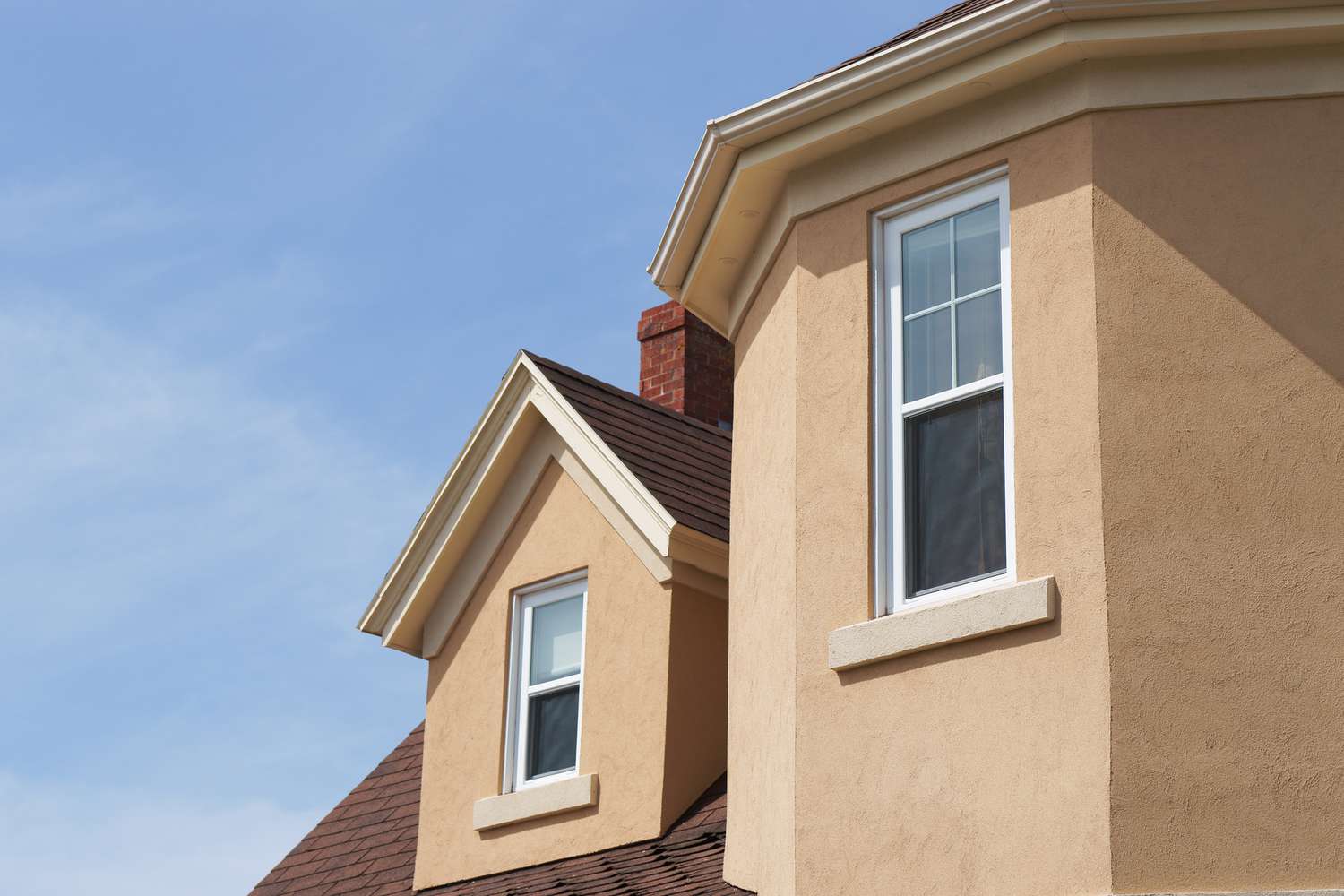
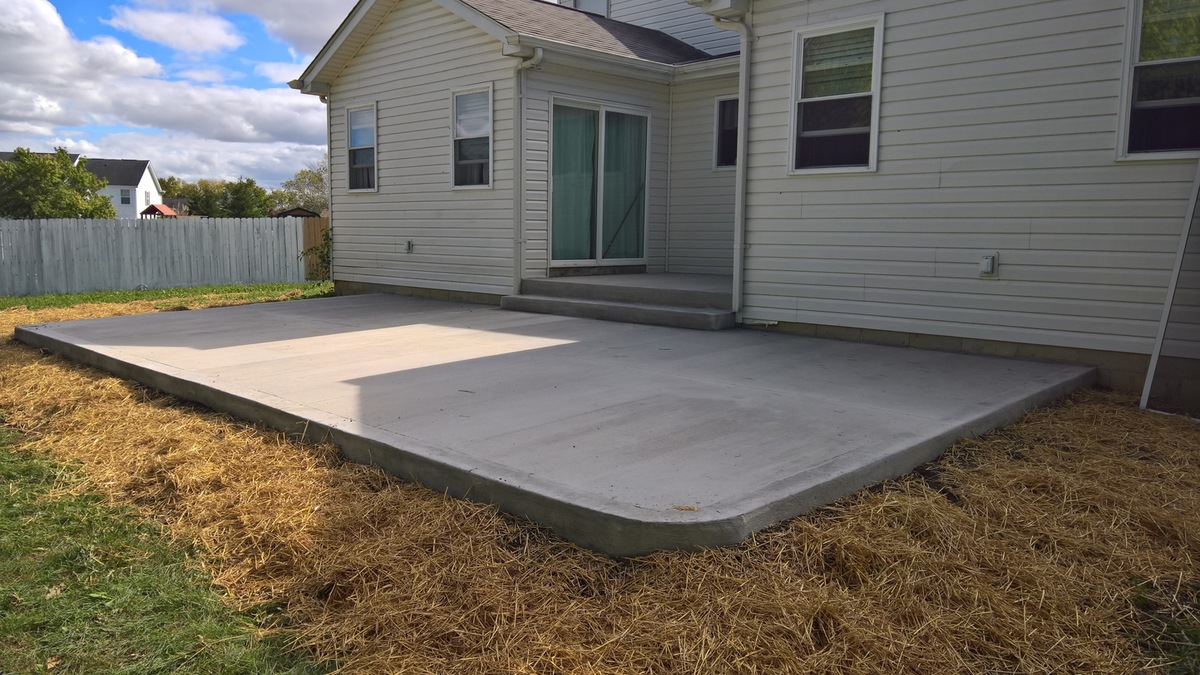

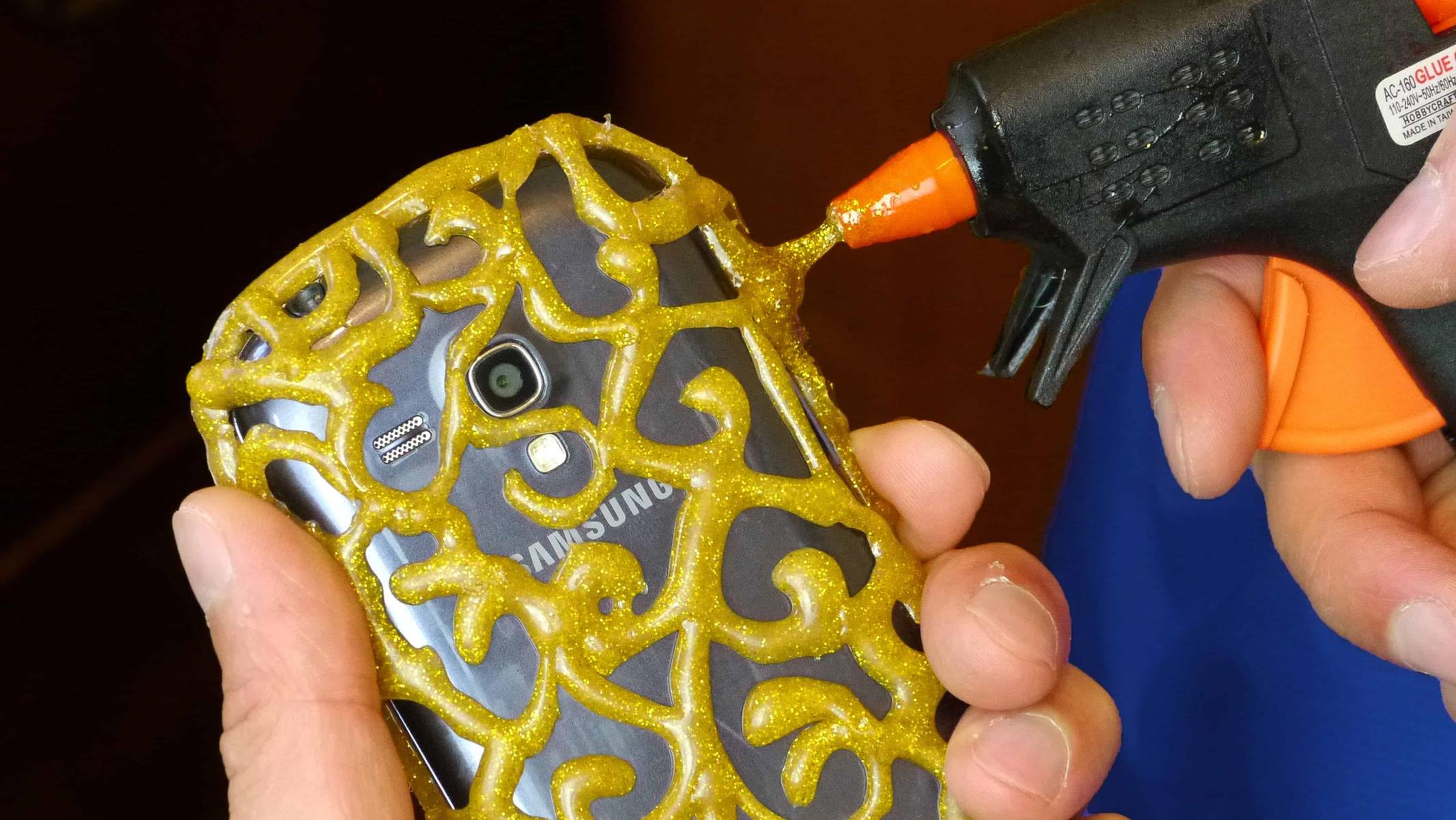
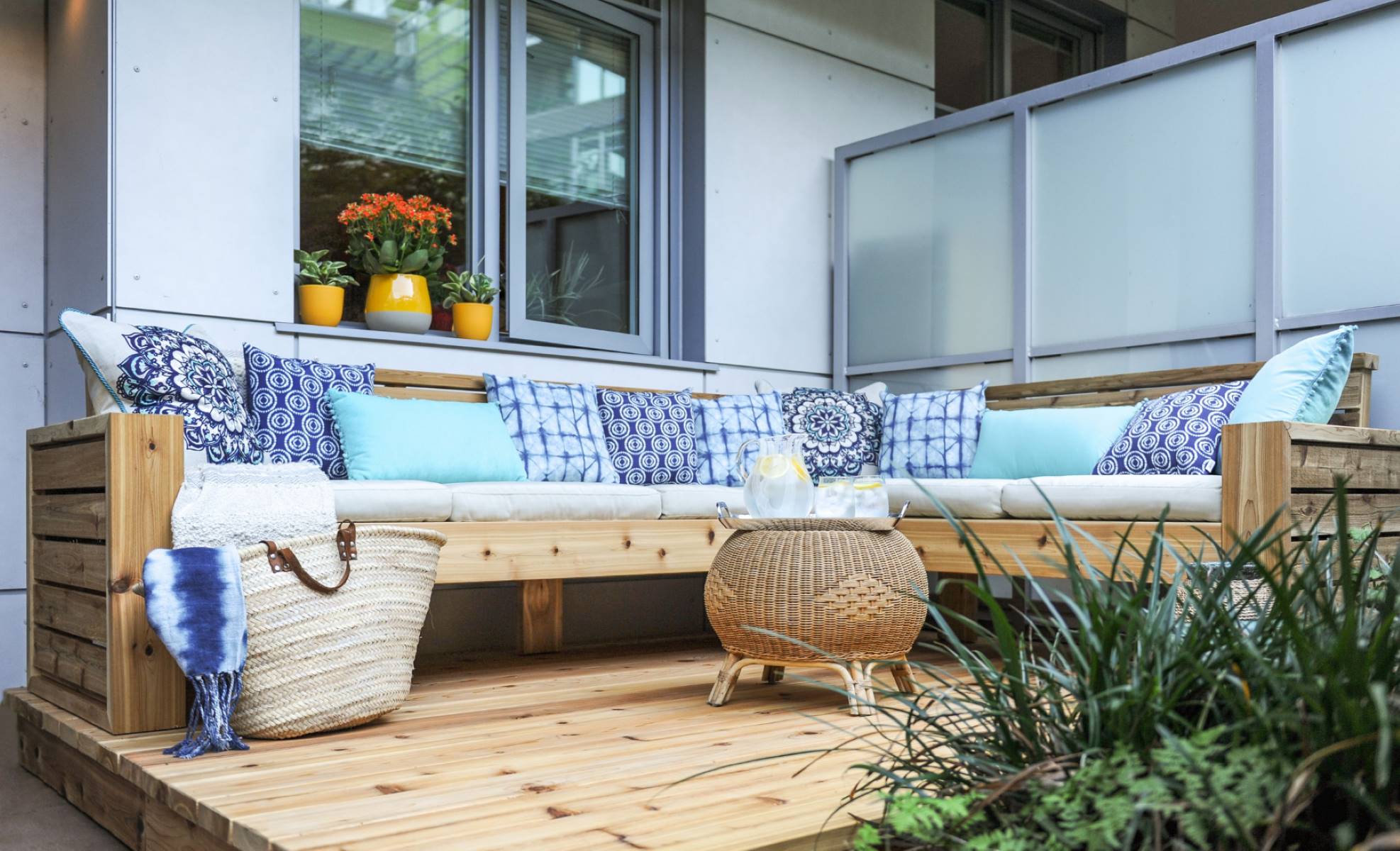
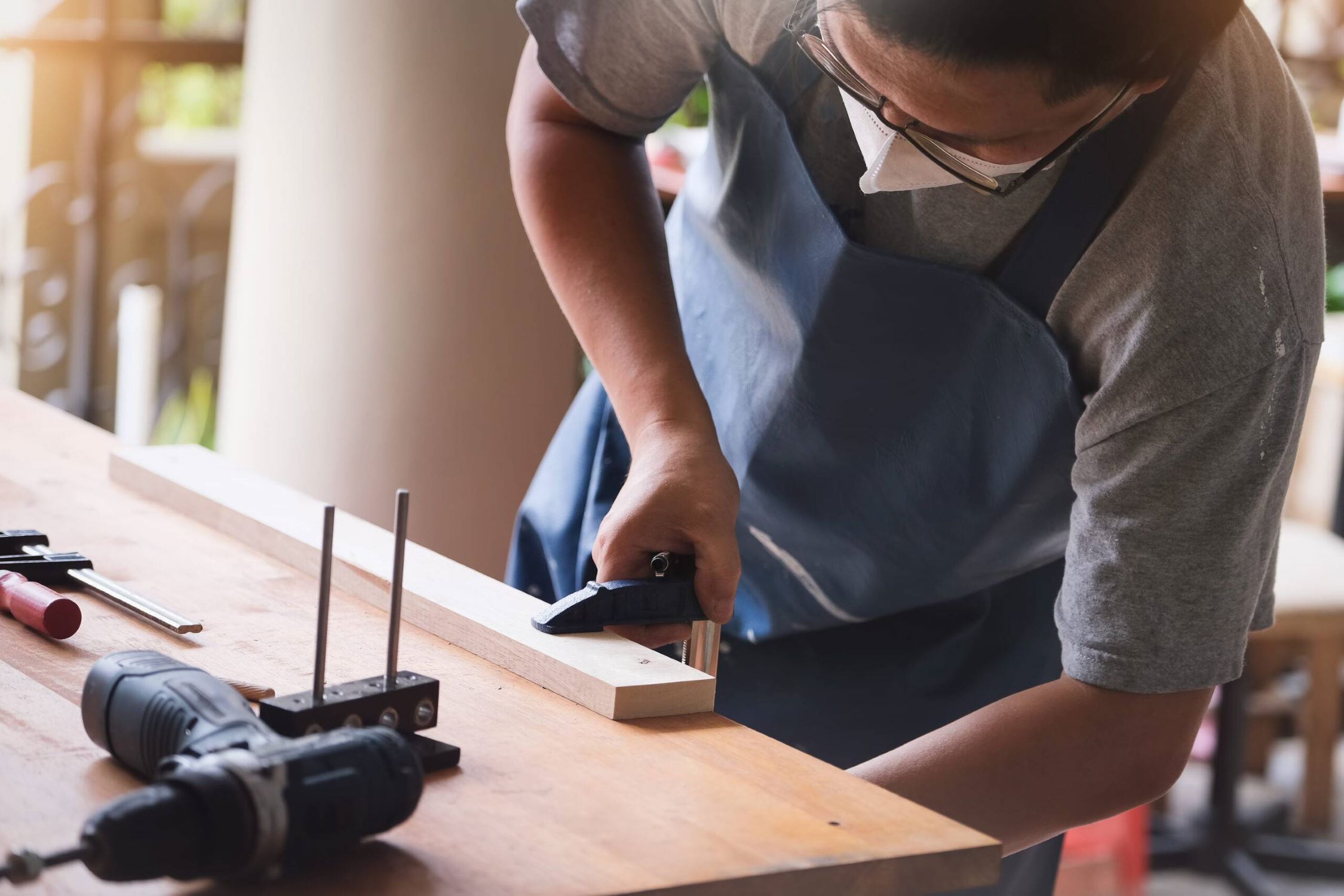
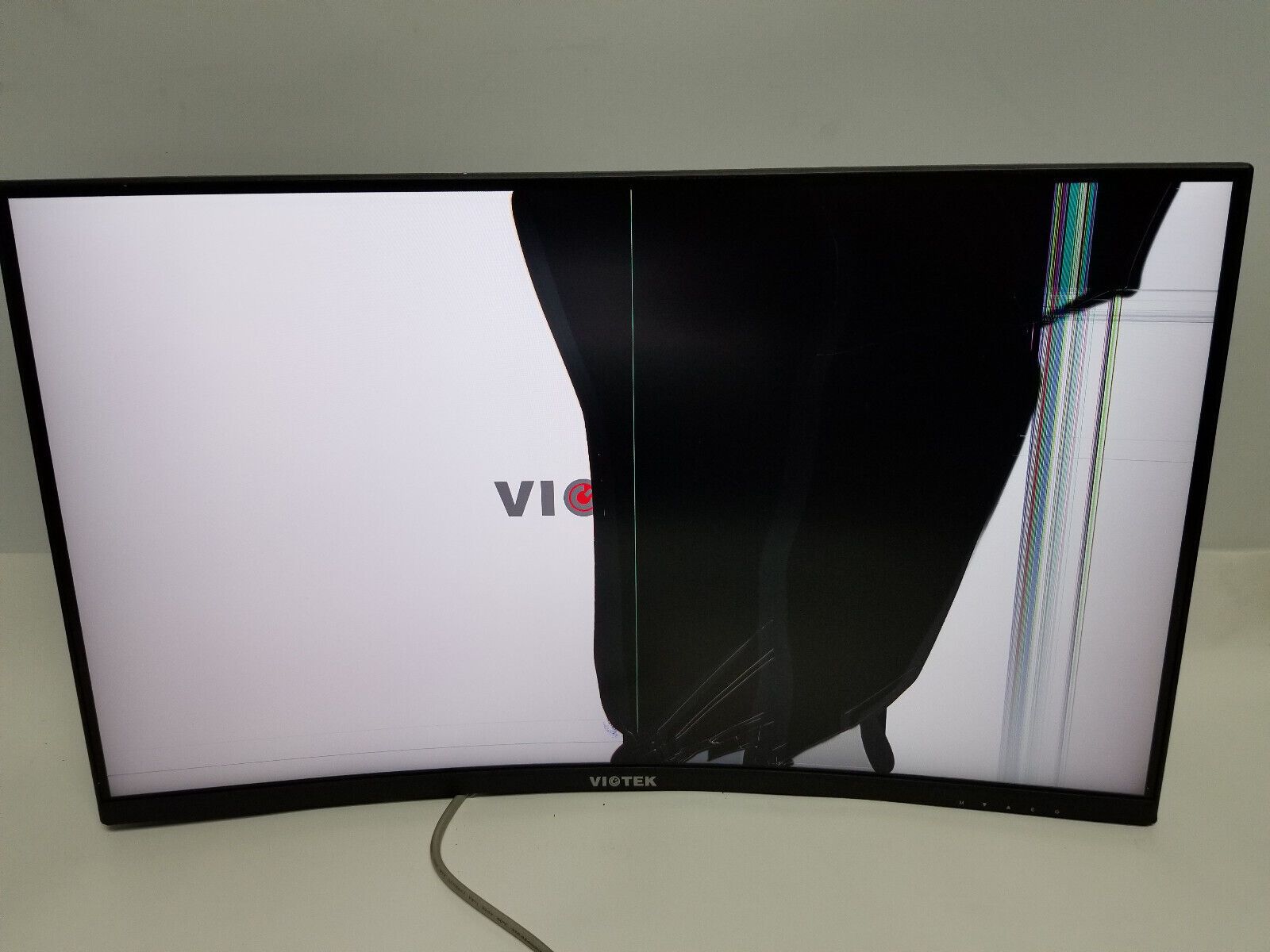

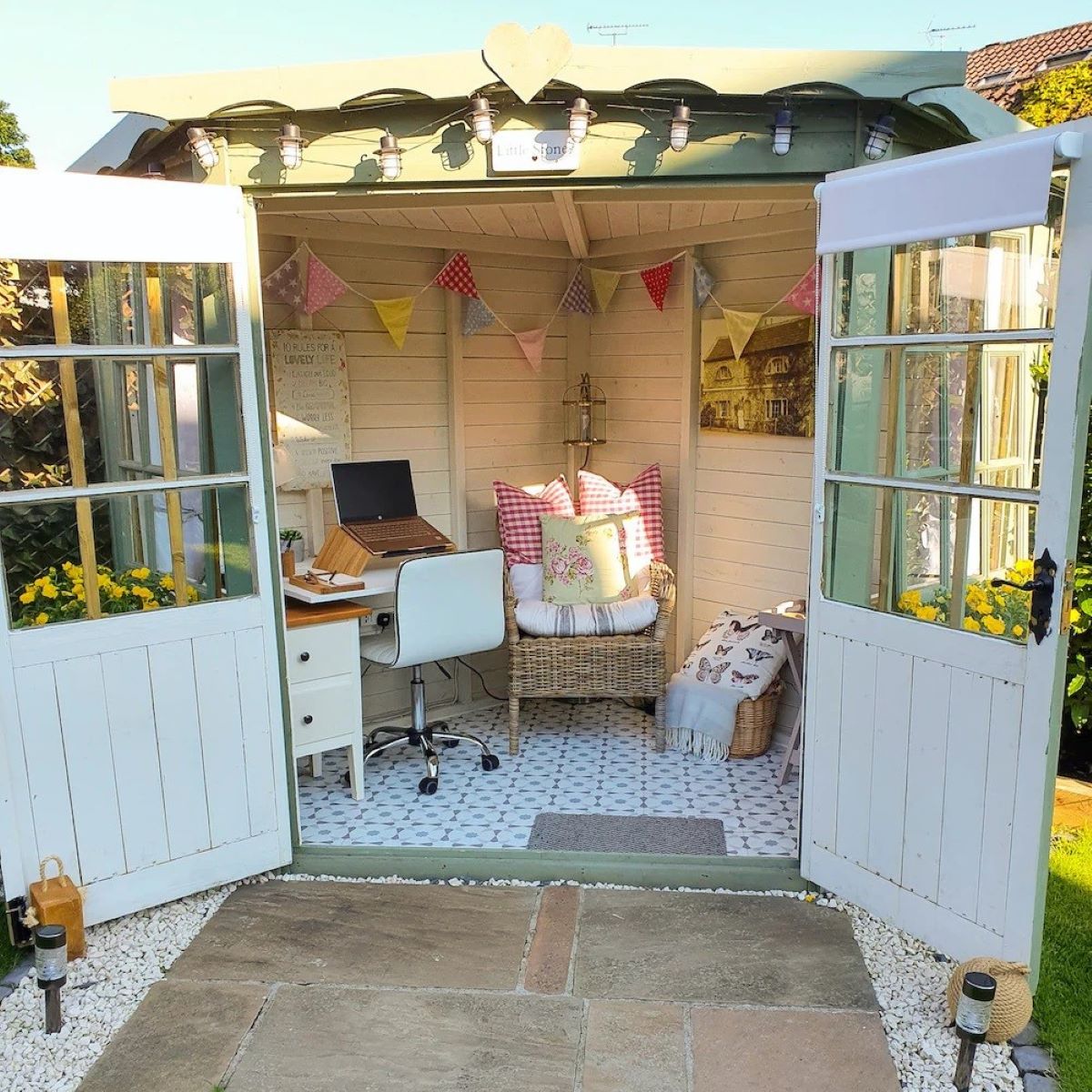
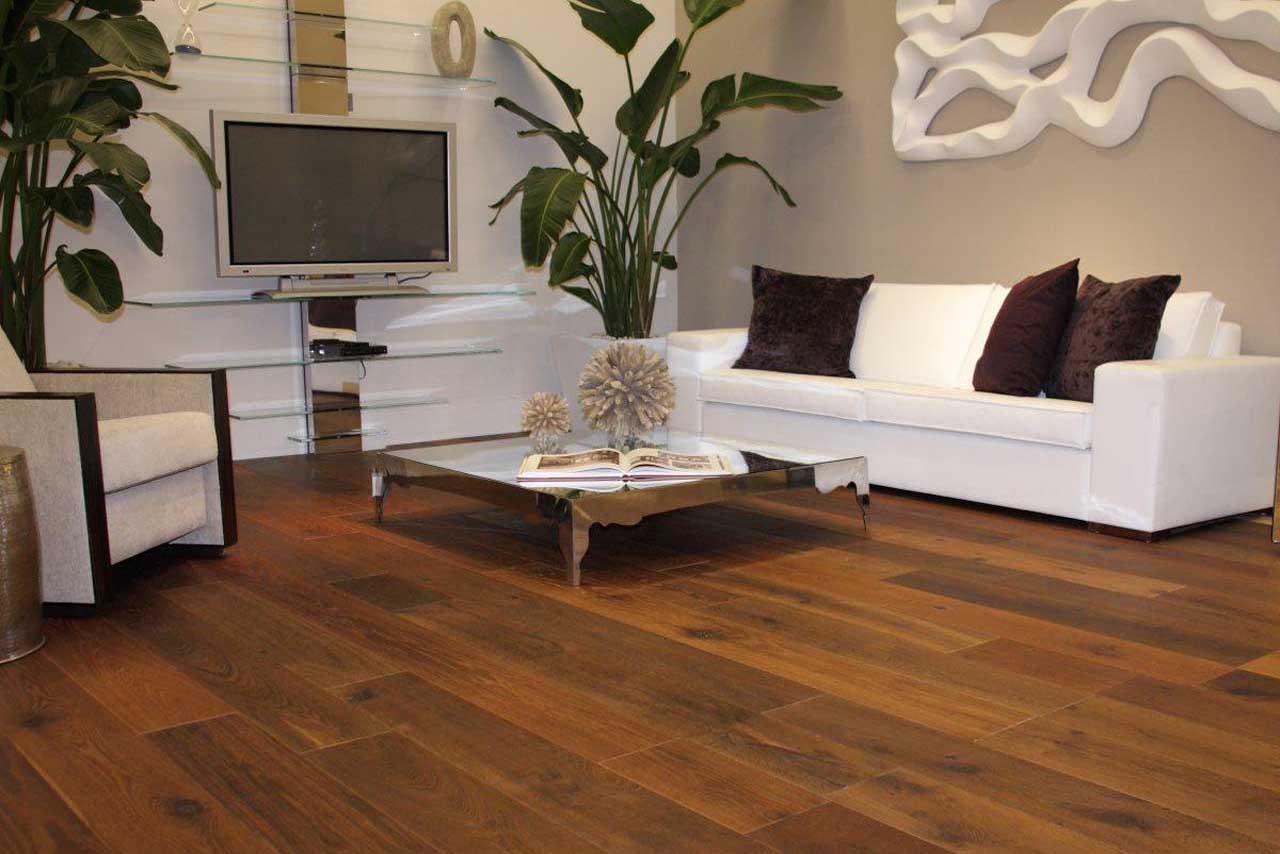
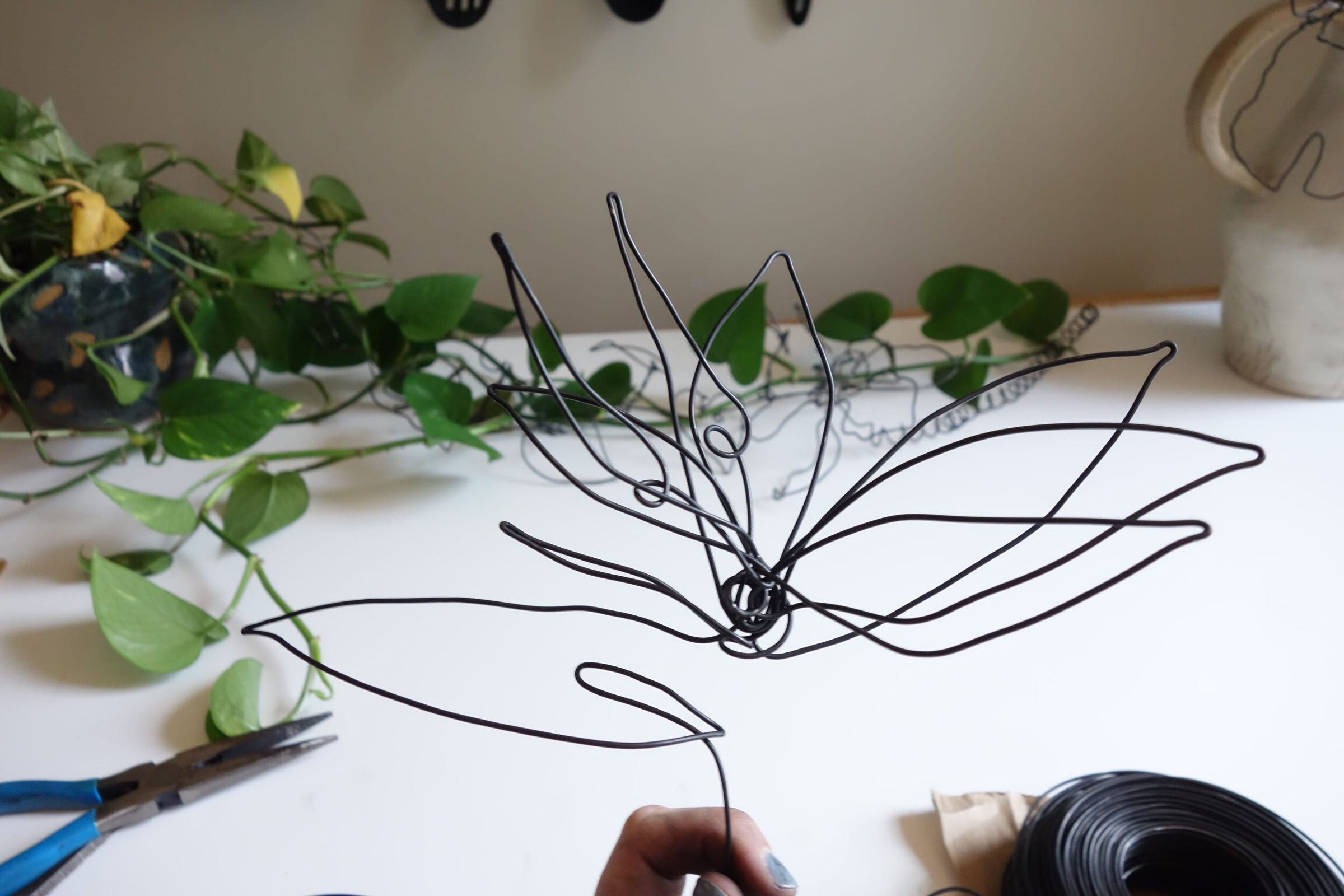
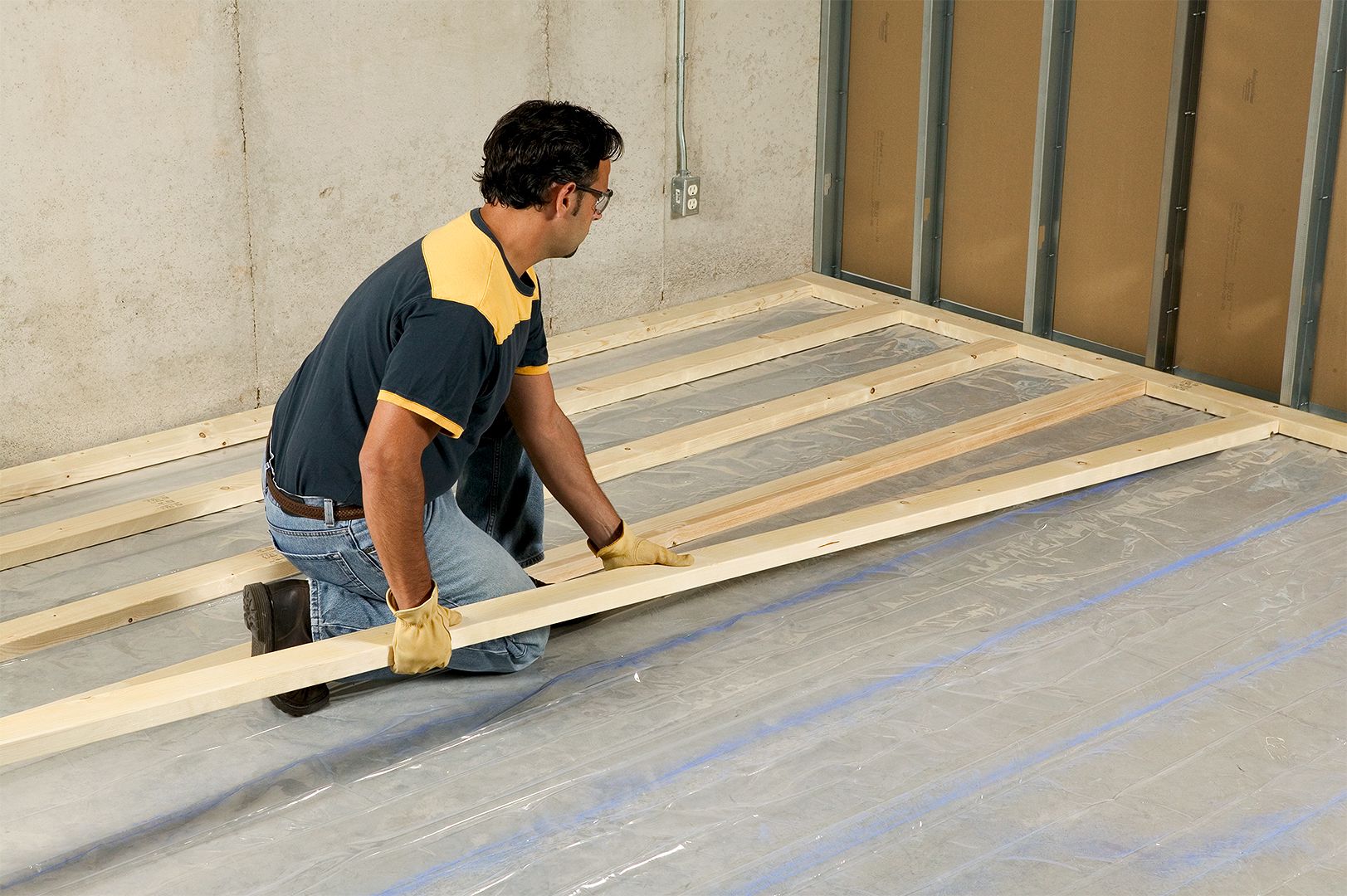
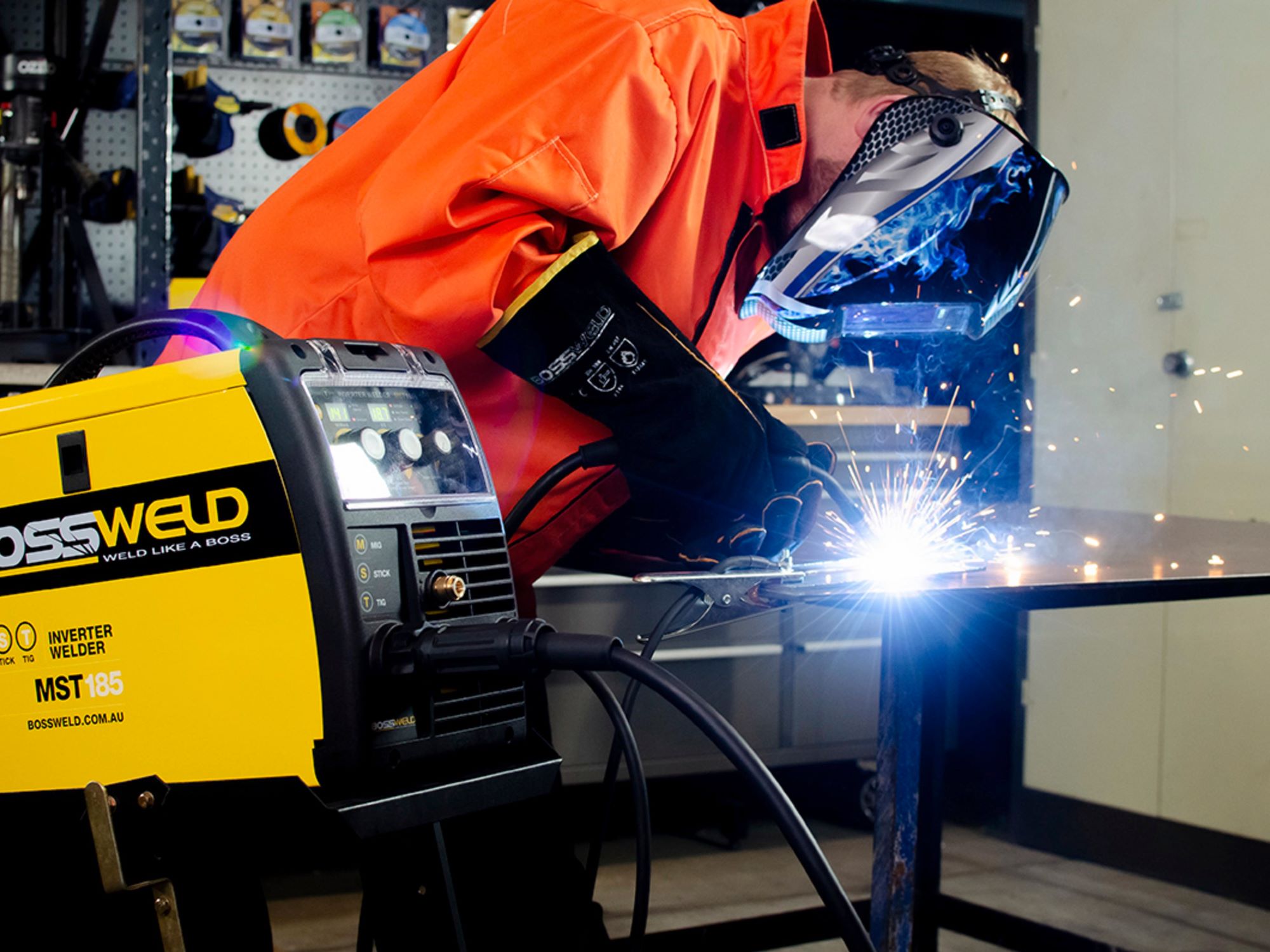
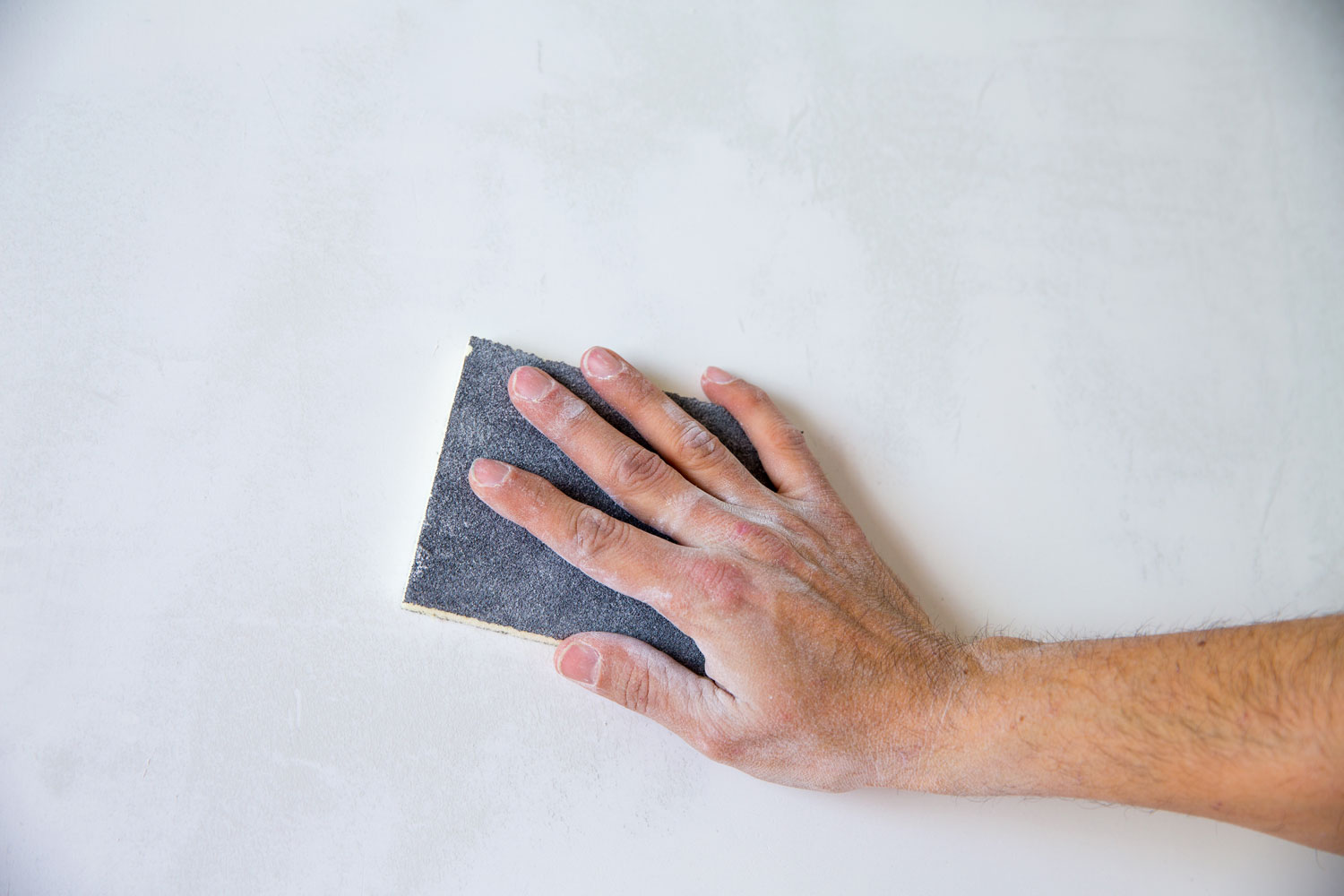

0 thoughts on “What Kind Of Concrete To Use In DIY Projects”